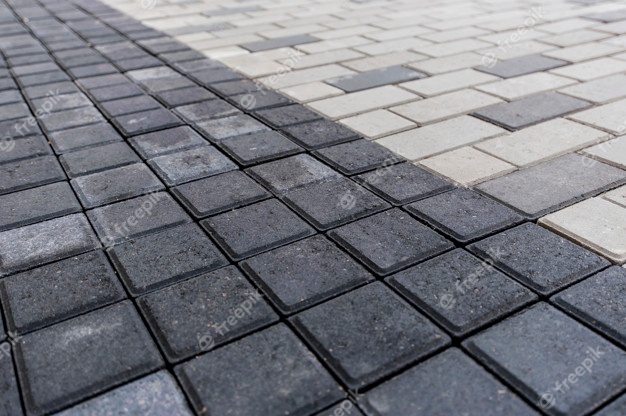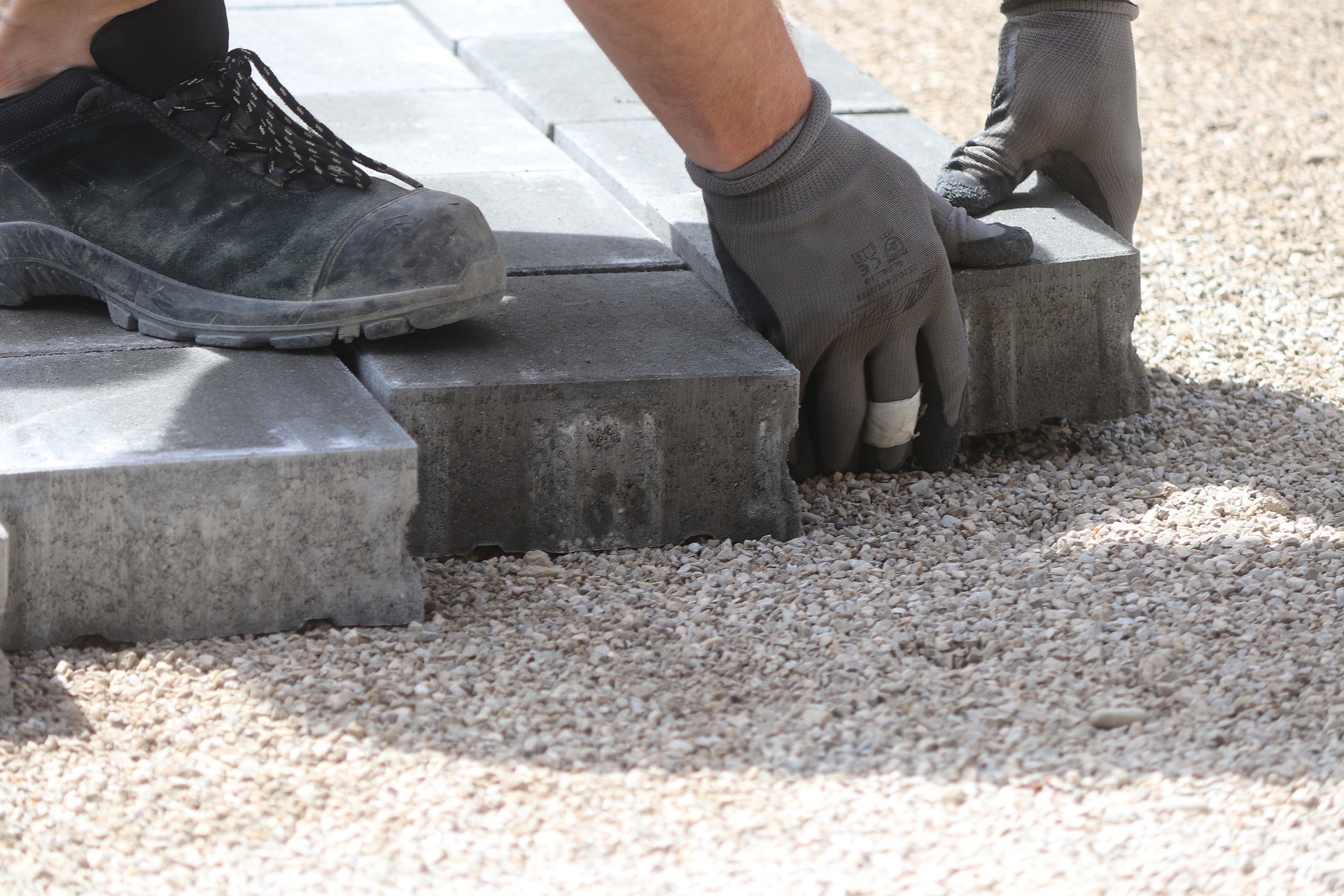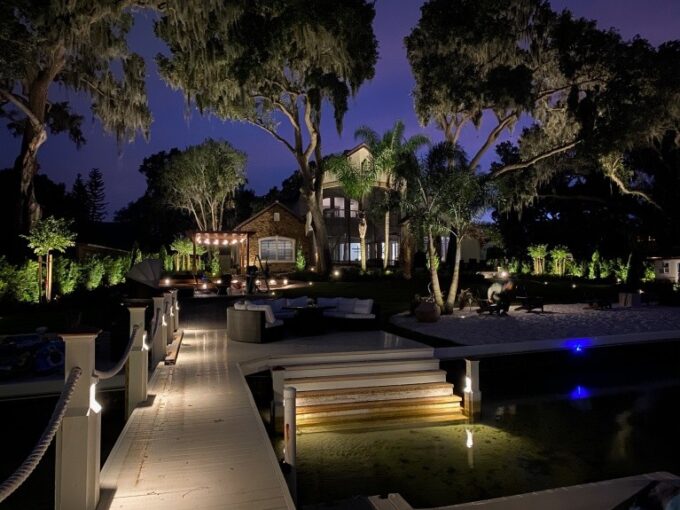Paver sealing slabs are an important element of the space in the garden, next to the property, or on the driveway. We advise what prices to expect, what types of boards are, how to arrange them, what are the textures, dimensions, and how much they cost. Check!
What Are The Most Popular Types Of Paver Sealing?
There are many types of paver sealing available on the market. We can divide the paver sealing slabs, e.g. depending on the dimensions of the pavement slab or the thickness of the pavement slab. There are, for example, such slabs as slope slab, relief slab, panel slab, reinforced concrete slab, openwork paving slab, concrete paving stone, reinforced openwork slab, or garden granite slab. One of the most popular disc distinctions is as follows:
- Vibro Concrete pressed slabs – these types of slabs are available in several sizes – from large road slabs to standard paving slabs with 30 x 30 cm studs. They are very heavy, so you can create a stable surface with them, but their disadvantages include stacking and lifting. Vibro-pressed slabs will work well as a concrete slab under a garage, a concrete cover slab, or an outdoor floor slab.
- Wet-cast concrete slabs – belong to the lighter slabs, therefore they are easier to handle and lay. They also have non – standard shapes and interesting textures, so you can use them to create interesting designs and decorative surfaces. However, they require regular impregnation, which will provide the boards with adequate protection against moisture. Their great variety and originality allow you to create interesting arrangements on the terrace or alleys. This category includes such paving slabs textures as smooth slabs, openwork slabs, slabs imitating plastics, or washed slabs.
- Ceramic tiles – this type of cheap paving slabs are made of ceramic stoneware, which makes them light and easy to work with. They have low water absorption, high frost resistance, are non-slip and stain-resistant. They easily imitate natural stone (e.g. granite paving slabs), wood or concrete. Before choosing them, it is worth checking whether the type of substrate on which we intend to lay them is appropriate.
What Dimensions And Textures Of Paver Sealing Slabs Should You Choose?
The most popular plates in terms of shape are rectangular, trapezoidal, and square. These are universal shapes that can be used in many garden arrangements. However, we can also find paver sealing slabs with irregular shapes that will work well for original projects and arranging decorations, such as rosettes, semicircles, or other patterns.
Paver sealing slab – what thickness is the most appropriate? The more durable the surface must be, the thicker the slab it is worth choosing. For example, concrete slabs for a terrace should be 4 to 8 cm thick. Thin slabs can be used for the earthen terrace, while the terrace based on cantilevers must have a base made of thicker slabs. The thickness of the paving slab depends on the purpose of the pavement and the type of the arranged space.
Paver Sealing Slab – Dimensions
What sizes of paver sealing slabs are the most popular? The most popular variants are concrete paving slabs 35x35x5 cm, concrete paving slabs 50x50x7 cm, paving slab 30 × 30, paving slab 35 × 35, paving slab 100 × 50, paving slab 120 × 60, and paving slab 50x50x5. On small and narrow paths, smaller slabs will work best, making the surface lighter. On paths or driveways with higher loads, large slabs should be used, which are more resistant to damage.
The Texture Of The Paver Sealing Slabs
We can also distinguish paver sealing slabs in terms of their textures and these include:
- Smooth plates
- Plates imitating plastics
- Openwork plates
- Washed plates
Smooth paving slabs are by far the most popular. They are easy to care for, resistant to dirt, and most importantly – they fit any surface. They will prove themselves in any project because they do not stand out and constitute a background for other elements of space.
Plates imitating materials usually resemble natural stone or wood pavement. They have an irregular texture, which makes them non-slip. They also have many designs and colours

Paver Sealing
to choose from, so you can easily match them to the style of the project.
Openwork paving slabs have decorative holes that can be filled with pebbles or grass. They are most often found on alleys or small paths. There are many colours and sizes of such boards on the market.
Washed sheets have a porous structure, perfectly matching all kinds of natural elements. They are very resistant to abrasion and to harmful external factors, such as rainfall or frost.
Paver Sealing Slabs – Price List, What Does The Price Depend On?
The price of paver sealing slabs varies greatly and depends, among other things, on shape, colour, size, material, model, or manufacturer. On the market, we can find both cheap paver sealing slabs and more expensive variants. When creating a surface of paving slabs, it is also worth considering the cost of preparing the substrate and the materials necessary for the installation of the slabs, e.g. glue, joints, or edges.
Paving Slabs – Laying
The appearance and strength of paving slabs largely depend on their arrangement. What should you remember?
- Substrate and substructure for paving slabs – the area on which the substructure will be installed must be properly profiled. The top layer of humus should be removed, and in the case of low-bearing soils, it should be strengthened with cement. The thickness of the foundation depends on the purpose of the surface and the type of soil. Most often, for home arrangements, a foundation thinner than 15 cm is created. On ramps, however, it should be thicker than 15 cm. The foundation is most often made of natural or crushed aggregate, which should be compacted.
- Frames and curbs – the next step after creating the foundation is to lay the edges to prevent the slabs from sliding and to delimit the terrain. They should be placed on a cement mortar.
- Bedding – levels the foundation layer and allows for faster drainage of the surface. You can create a bedding layer, e.g. from the cement-sand mortar.
- Laying paver sealing slabs – small gaps of at least 5 mm should be kept between the slabs. It is worth using joint crosses for this purpose, which help to maintain the recommended joints. A rubber hammer is used to raise the boards, and the resulting joints are filled with sand, spreading it with a broom.
Which Paving Curb For Paving Slabs Should You Choose?
The sidewalk curb and edges allow for better space organization and appropriately define the space between the slabs and flower beds, lawn, or terrace. By creating these kinds of boundaries, the whole design is more aesthetic and precise. Curbs and edges can take various forms, they also have many colours and various dimensions. When choosing a sidewalk curb – the dimensions are very important to create a stable and comfortable space.
These can be rectangular edges or curbs, e.g. 100 cm x 30 cm x 8 cm or 100 cm x 20 cm x 6 cm, but in the case of smaller spaces their length may be smaller, e.g. 60, 50, or 40 cm. By opting for a sidewalk curb or edging, it is also worth choosing the appropriate form – they can be flat, truncated, rounded, or rectangular. This choice is a matter of taste. An important choice is also the right colour that will harmonize with the colour of the property, garden, or other elements of the environment.
Now that you know all the details you should consider while choosing your paver sealing slabs, take professional help and kick start your project. You can always talk to our pavement experts at Done Right. We are a team of professionals known for providing paver sealing all around Florida. In addition to designing the pavement, our creative team can create a custom project of paver sealing adapted to your needs. So, share your idea or space details with us and let us think of the best path for you.




